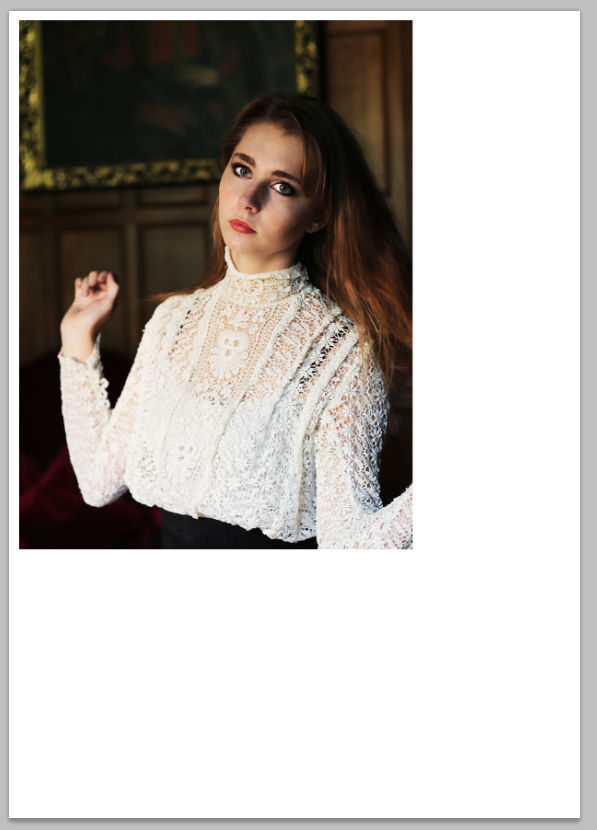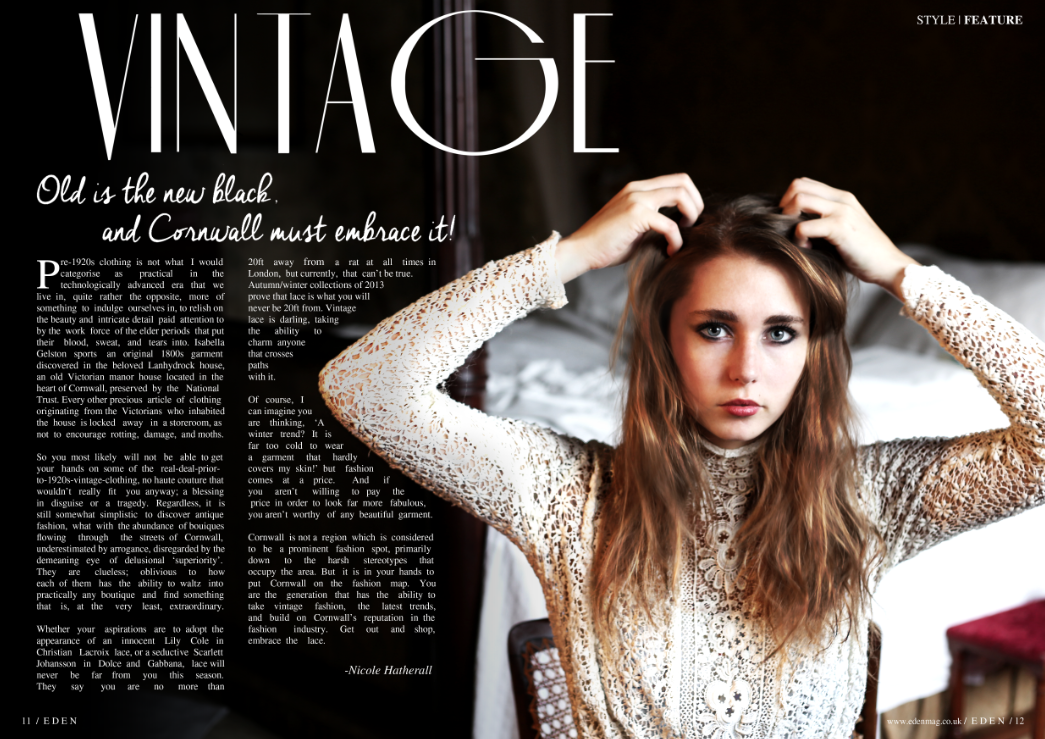Forever 21 is another fashion clothing company, and when I saw their billboard I felt as though it was something along the lines of what was right in order to attract my target audience. They have different tag rte audiences for different clothing lines as they cater for pre-teens and early teens as well, but this billboard focuses more on the 17-25 age group as it features clothing that is see-through, something which is not suitable for females under the age of 16 due to sexualisation. i mentioned this in both other analysis' of billboards, Laura Mulvey's theory the Male Gaze (1975) states the females are only in the media for the viewing pleasure of men, and the sexualisation of this woman means that the female audience will be influenced by the model and start to act like her, effectively trying to please the males in this society. This seems to be a recurring theme within clothing brands advertising, as I've had to mention it through all three analysis', and as I said before, I really do not desire to sexualise anyone in my own products, as I believe that equality is really important, so I will be defying this convention and going with something that is far more classy and empowers my readers, rather than inspire them to take their clothes off.
What is seemingly the most important aspect of this billboard is the masthead 'FOREVER 21', suggested by the fact that it is the largest feature on there and actually covers the clothing up quite a lot. This is unexpected when a company is targeting an audience to sell their clothing lines to, but it must be a big brand where the name is more important than the actual clothing. A brand that charges unnecessary amounts for something that is so cheap to make just because the have put a label on the item. Usually, advertising focuses more on the actual clothing to initially bring their audience in with 'pretty things', then goes on to make the brand name bigger and bigger until the clothing is no longer important. The website has also been incorporated onto the billboard, as the advertising team are aware that social media and the internet is such an amazing place to showcase any sort of work, so they want to encourage the audience to go straight to their website, where they will be taken directly to clothing and purchase it.
Three colours have been incorporated into the colour palette: red, white, and black. Black and white are standard shades which are used in most media texts, but Forever 21 have decided to add one splash of colour, which is the clothing itself, rather than incorporate a couple of different colours.
In terms of imagery, the photograph splits at the 'v' and mirrors itself. In a peculiar way, this could be yet another sexual reference, only hidden carefully within the media text. The 'V' is a piece of colloquial language that refers to the vagina amongst youths. A popular tool used on the widespread app Instagram is the mirror gram. This takes your image and mirrors it, and I think that this is something which they have attempted doing with this photograph in order to get in touch with their target audience, (the majority would have an instagram account) and show each individual that they are a modern company in touch with the youth.
Wednesday, 30 April 2014
Billboard Analysis: Joe's
This billboard is really quite different to the previous magazine billboard that I analysed, as it is for a clothing company. I thought that it would be a good idea to observe the differences between a fashion magazine and a fashion company. The primary target audience for the product is women aged 17-25. This is easy to tell because a woman is featured on the billboard wearing women's clothing, which is something that tends not to attract men unless in context.
As I mentioned in the previous analysis, I do not agree with sexualisation within media texts, as I believe that equality is really important. Mulvey (1975) stated that women are only in the media as viewing pleasure for men. Even if the product is not targeted at men, it could attract them and encourage the females around them, such as girlfriends, to take on the same behavioral qualities as the models in the advertising. This one will definitely attract males as it features a female topless, something that is unlikely to appeal to females unless the female is aspiring to be like the vehicle used, in which case the producers would have been successful in attracting their audience. The fact that the company is called 'Joe's' and uses a font that is not overly feminine suggests to me that there would be a mens clothing line as well as women's, so again, attracting males through the sexualisation seems to be what they are trying to do here.
Because she is situated on a swing, it is suggested that the billboard is trying to take the audience back to the days where they were children having a good time in the playground, especially seeing as all around her is deserted land, connoting a peaceful atmosphere which contrasts with the stressful atmosphere that everyone takes on as they grow up. It also shows how the audience has grown by having the model topless, symbolizing that the women who purchase their clothing still have have like they did when they were kids, only they have grown up and now have sex appeal, convincing the audience that their clothes give a less stressful lifestyle.
Personally, I do not feel as thought this billboard has been overly helpful in gaining me knowledge of what I need to do in order to ensure my own billboard is exactly what I want it to be, as it has heavily sexualised the model in the image, precisely what I have been trying to avoid throughout my studies as I believe that sexualisation is such a negative and degrading thing. Women should not be placed in the eye of the media for the viewing pleasure of men, they are human beings, not objects, and I want to empower my audience, not objectify them.
As I mentioned in the previous analysis, I do not agree with sexualisation within media texts, as I believe that equality is really important. Mulvey (1975) stated that women are only in the media as viewing pleasure for men. Even if the product is not targeted at men, it could attract them and encourage the females around them, such as girlfriends, to take on the same behavioral qualities as the models in the advertising. This one will definitely attract males as it features a female topless, something that is unlikely to appeal to females unless the female is aspiring to be like the vehicle used, in which case the producers would have been successful in attracting their audience. The fact that the company is called 'Joe's' and uses a font that is not overly feminine suggests to me that there would be a mens clothing line as well as women's, so again, attracting males through the sexualisation seems to be what they are trying to do here.
Because she is situated on a swing, it is suggested that the billboard is trying to take the audience back to the days where they were children having a good time in the playground, especially seeing as all around her is deserted land, connoting a peaceful atmosphere which contrasts with the stressful atmosphere that everyone takes on as they grow up. It also shows how the audience has grown by having the model topless, symbolizing that the women who purchase their clothing still have have like they did when they were kids, only they have grown up and now have sex appeal, convincing the audience that their clothes give a less stressful lifestyle.
Personally, I do not feel as thought this billboard has been overly helpful in gaining me knowledge of what I need to do in order to ensure my own billboard is exactly what I want it to be, as it has heavily sexualised the model in the image, precisely what I have been trying to avoid throughout my studies as I believe that sexualisation is such a negative and degrading thing. Women should not be placed in the eye of the media for the viewing pleasure of men, they are human beings, not objects, and I want to empower my audience, not objectify them.
Billboard Analysis: Marie Claire

Because this is a monthly magazine that is really quite successful, people will have heard of it and it will already have a fan base. By putting up a billboard, it is almost a reminder that the magazine will be coming out, and that it should not be forgotten amongst its audience, which is what happens with a lot of magazines. The main attraction behind this billboard is the sharpness and drama within the photograph itself; the model has taken on dramatic postures in each image incorporated onto this one billboard, and her facial expressions are not conventionally dull like most models are. It brings something so exciting and new to the world of fashion, convincing the audience that the model is fierce, and that if they purchase the magazine, they can find out how to take on the persona as well.
The lexis 'Starring Coca Rocha' suggests that the model used is a star vehicle, and that she will already have a fan base, therefore also attracting a whole group to the magazine alongside current readers. Although, some readers are bound not to have the knowledge of who she is but be intrigued by this lexis and feel as though she is someone of whom has the potential to fuel their fashion desires and carry out their style aspirational needs. They will want to know more about Coco, so it is likely that they would purchase the magazine in over to gather the information they long for.
The pink lighting in the background coheres to general gender stereotypes and attempts to attract women with what the media have told them to love. The images are actually white, but they have included tinted lighting just below the board. Personally, I do not agree with this and do not feel as though it is a suitable thing to do when it comes to the production of my own billboard. I want to create a billboard that promotes equality amongst females and males, defying stereotypes that women feel pressured to live by. Mulvey (1975) states that women are only in the media “As erotic objects of desire for the characters within the screen story, and as erotic objects of desire for the spectator within the auditorium.” Coco does have sex appeal, regardless of the fact that the magazine is targeted towards heterosexual females. The producers still make her look sexy in order to make other women feel the need to also look sexy, putting a lot of people in a vicious circle just trying to please men. This is something that I am strongly against, and would not encourage within my own magazine.
They key to successful billboard advertising is to produce something that will have an effect on the target audience and capture their attention. The writing is in black to keep the billboard simple, and quickly grab the readers eye. No more than three or four colours should be used on a media text because it would be too confusing for the reader to focus on particular parts, so Marie Claire have successfully done this by using four main colours in the piece itself.
Tuesday, 29 April 2014
Website Analysis
Below, you will find my analysis on Cosmopolitan's, Elle's and Vogue's websites.
http://prezi.com/jasdts8b_8xu/website-analysis-cosmo/
http://prezi.com/w95hsrpmw2i7/website-analysis-elle/
http://prezi.com/ripc7h8dkz63/website-analysis-vogue/
http://prezi.com/jasdts8b_8xu/website-analysis-cosmo/
http://prezi.com/w95hsrpmw2i7/website-analysis-elle/
http://prezi.com/ripc7h8dkz63/website-analysis-vogue/
Tuesday, 22 April 2014
Cover Process
1. I created the masthead by taking a font from the internet, screenshotting the lexis and importing it into photoshop.
2. I imported the image into photoshop.
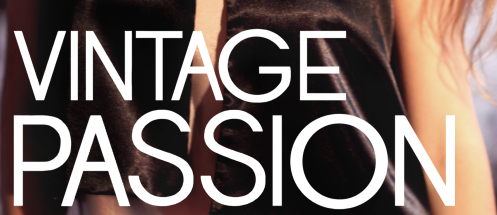
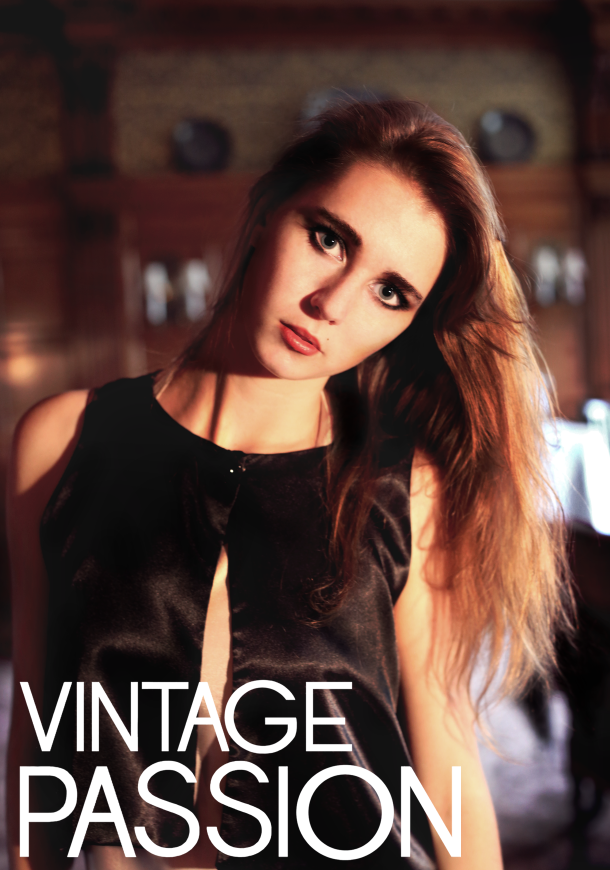 4. Like the masthead, I took a screenshot of a font that I liked with the lexis that I chose to incorporate and imported it into photoshop. I then got rid of the background with the magic wand tool and changed the colour to white with the levels tool.
4. Like the masthead, I took a screenshot of a font that I liked with the lexis that I chose to incorporate and imported it into photoshop. I then got rid of the background with the magic wand tool and changed the colour to white with the levels tool. 
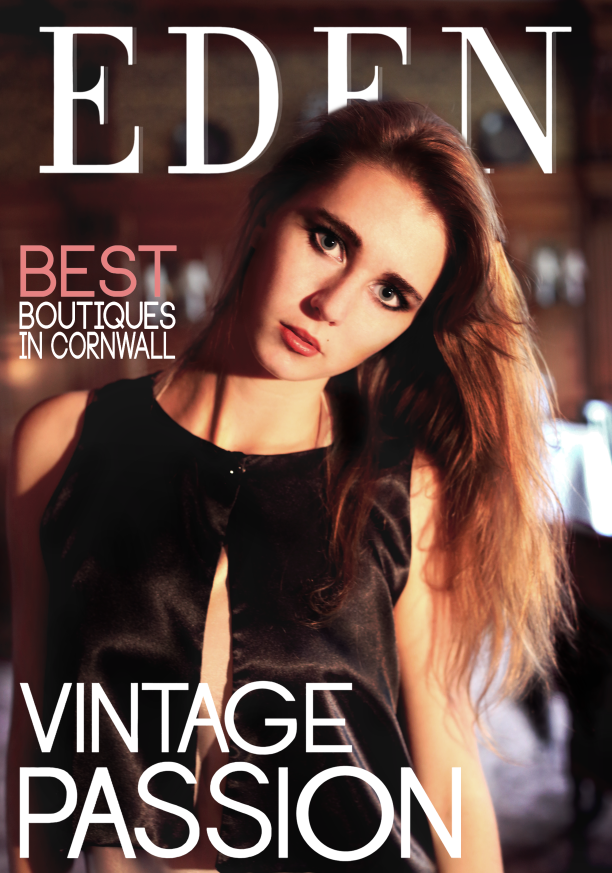 5. I repeated step 4, but used the colour picker tool to find an appropriate colour from the background, selected the text I wanted to change and used the brush tool over it. I also made some of it smaller.
5. I repeated step 4, but used the colour picker tool to find an appropriate colour from the background, selected the text I wanted to change and used the brush tool over it. I also made some of it smaller.  6. A barcode was necessary to incorporate, so I screen-shotted one from the internet and added my own text box with the pricing on it.
6. A barcode was necessary to incorporate, so I screen-shotted one from the internet and added my own text box with the pricing on it.7. The last step was to add the month the the side of the masthead.

Contents Process
1. I imported the chosen photo onto an A4 document in Photoshop.
2. I then took the masthead from my magazine and placed it on the painting in the background to make it look as though it is almost part of the place.
3. It overlapped onto her head, so I rubbed out the part that did not look quite right.
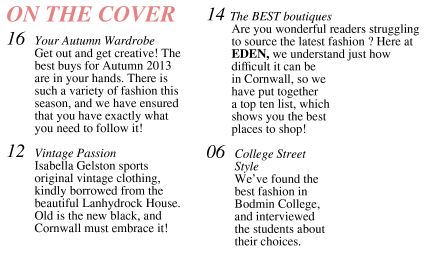
 4. The next step was to add my text using the text tool. Some was in bold, some was in italics. I did the page numbers separately, as I wanted to make the larger than the rest of the text and it was easier to form them on a new layer.
4. The next step was to add my text using the text tool. Some was in bold, some was in italics. I did the page numbers separately, as I wanted to make the larger than the rest of the text and it was easier to form them on a new layer.

6. In the empty space, I added a black box using the shape too and filler, then laid a white one over the top.

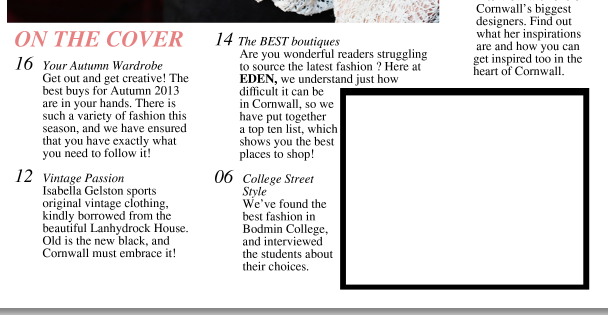 7. I then added text using the text box, saying 'editors note'.
7. I then added text using the text box, saying 'editors note'.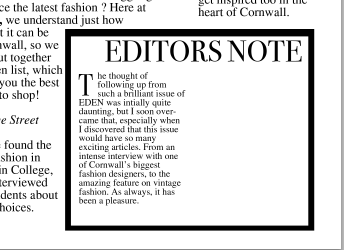
 8. The next thing to do was to fill this box with something that was relevant to the magazine as a note from the editor. I used the text box to do this, and on a separate layer, I created a 'T', to make larger than the rest of the text in order for it to stick out and tell the reader exactly where to start reading.
8. The next thing to do was to fill this box with something that was relevant to the magazine as a note from the editor. I used the text box to do this, and on a separate layer, I created a 'T', to make larger than the rest of the text in order for it to stick out and tell the reader exactly where to start reading.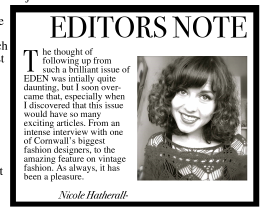
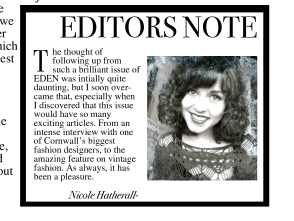 9. A common convention of editors notes is that a picture of the editor is included, so I imported a photograph of myself into photoshop and resized it to fit into the box.
9. A common convention of editors notes is that a picture of the editor is included, so I imported a photograph of myself into photoshop and resized it to fit into the box.10. I also created a new text box to add my name to the bottom of the note.

11. To ensure it was quirky and not overly boring, I added a smoke effect by downloading smoke brush tools and using the brush tool to paint the smoke on.

12. In the bottom right corner of the main image, I added the article name and page number via the text tool, and put 'passion' in italics.
Feature Process
1. I imported the feature photograph into photoshop onto an A3 document
2. I duplicated the layer, and adjusted the brightness and contrast.
3. I then put a filter on the layer in hope that it would airbrush the model in a realistic manner, but it did not so I undid this.
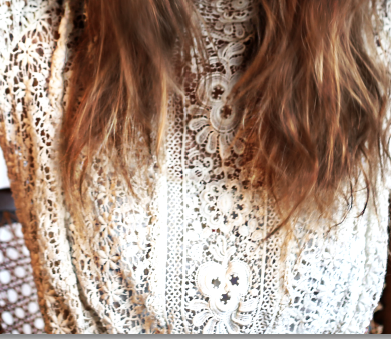
4. As the detail in the garment was not overly prominent, I used the brush tool on a low opacity and in black to bring out the shadows and enhance the detail. 

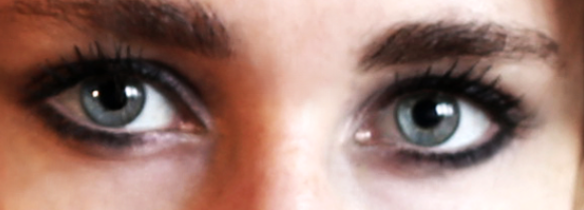 5. I enhanced the iris colour with the brush tool on a low opacity, overlay and white.
5. I enhanced the iris colour with the brush tool on a low opacity, overlay and white.
6. I used the gradient tool to fill in the blank space to the left and made it black.
8. I added text at the top of the page, half in bold.
9. In both bottom corners, I added the necessary info, such as the website name and page numbers, with the text tool.
10. The feature heading was a screenshot of a font that I found on the internet and I imported it onto my feature spread.
11. I did the same as step 10 with the subheading
12. I added text onto the page and adjusted it to fit around the models arm. I also added my name at the bottom.
Subscribe to:
Posts (Atom)












